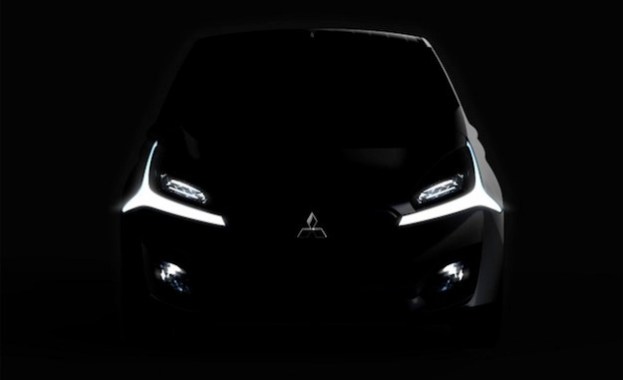
Mitsubishi was the first automaker to offer a mass-produced EV. Now it has a new EV concept set to debut at the Geneva Auto Show next month.
It’s called the CA-MiEV. The “CA” stands for “Compact and Advanced technology.” Mitsubishi’s current EV offering, the i-MiEV is simply referred to as the “i.” So it stands to reason this concept will be simply referred to as the “CA.” It’s not the catchiest name, sure. But it’ll have to do.
Until the official unveiling Mitsubishi is withholding the specific details but has hinted the CA will incorporate brand new EV technologies in development at Mitsubishi. With next-generation, high-energy batteries and a high-efficiency motor and inverter, the CA could very well blaze a new way forward for the EV.
Covering all the new high-tech EV bits is a very lightweight and aerodynamic body. Altogether, the CA is expected to achieve a range of 300 km or 186 miles, which is more than double the current i-MiEV’s range.
Unlike other automakers, Honda for example, Mitsubishi thinks EVs will play a significant role in the future of transportation. The company has been testing EVs since 1966. With an EV lineage like that, it’s no wonder Mitsubishi is heavily invested in EV futures.
Mitsubishi is also unveiling a sport utility truck (SUT) with a diesel-hybrid system at the Geneva Auto show called the GR-HEV. The GR stands for “Grand Runner.”
As soon as the CA is officially unveiled we’ll be sure to bring you more info and pictures.
Editors' Recommendations
- Tech giant reveals nice price for new EV to take on Tesla
- 2024 Chevrolet Equinox EV: price, release date, range, and more
- These new NASA EVs will drive astronauts part way to the moon (sort of)
- GMC Hummer EV teased again as reveal date moves to fall
- Apple Maps’ new EV feature aims to eliminate range anxiety


